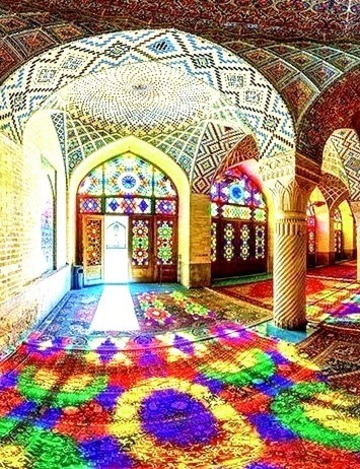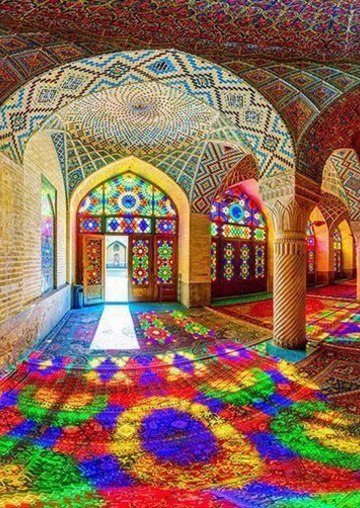#qajar dynasty
Explore tagged Tumblr posts
Text

Small Octagonal Pavilion Tent, Qājār dynasty, Persian, Late 19th Century
82 notes
·
View notes
Text


An Imam, seated at a balcony with a landscape beyond, Qajar Persia, mid-19th century
6 notes
·
View notes
Text

me and my wife
Amorous Couple Painting, Oil on canvas, Iran, Early 19th century, Qajar Dynasty
#qajar dynasty#qajar#persia#iran#iranian#persian#persian art#19th century#19th c. persia#lesbians#oil painting#painting
30 notes
·
View notes
Text

Qajar woman
#digital art#artists on tumblr#character design#practice#character art#clothing#qajar clothing#qajar dynasty#binbinabin#qajar women#art#illustration#history
12 notes
·
View notes
Text

Taj al-Mulouk Khanoum Umm al-Khakan (died November 1, 1909) was the royal consort of shah Mozaffar ad-Din Shah Qajar (r. 1896–1907).
She was the daughter of Mizra Muhammad Taqui Khan-e Farahani and princess Ezzat Al Dawla Malikzada Khanoum and niece of shah Naser al-Din Shah Qajar (r. 1848–1896). She was the mother of shah Mohammad Ali Shah Qajar.
She died on November 1, 1909, in the Shirin Palace in Kermanshah whilst on her way to Karbala.
#Taj al-Mulouk Khanoum Umm al-Khakan#qajar dynasty#xx century#xix century#people#portrait#photo#photography#black and white
3 notes
·
View notes
Text

Thinking about this painting lately.
From Roseberys London:
"A Qajar reverse glass painting of a youthful prince, Iran, 19th century, shown dressed in the European style, holding a glass of wine in his hand, in a contemporary lacquered wood frame painted with flowers and portraits within cartouches, 38 x 31cm."
#art history#painting#iran#fashion history#historical fashion#historical clothing#qajar dynasty#art#persian art
0 notes
Text
1 note
·
View note
Text
The colors of Nasir al-Mulk Mosque in Shiraz, Iran

0 notes
Text
The colors of Nasir al-Mulk Mosque in Shiraz, Iran

0 notes
Text
The colors of Nasir al-Mulk Mosque in Shiraz, Iran

0 notes
Text
The colors of Nasir al-Mulk Mosque in Shiraz, Iran

0 notes
Photo

The colors of Nasir al-Mulk Mosque in Shiraz, Iran
0 notes
Photo

The colors of Nasir al-Mulk Mosque in Shiraz, Iran
0 notes
Text

some quick Qajar clothing stuff
#digital art#art#illustration#character design#artists on tumblr#old clothing#practice#binbinabin#persian#character art#qajar dynasty#qajar clothing#qajar women
12 notes
·
View notes
Text

Malek Jahan Khanom (26 February 1805 – 2 April 1873) was the wife of Mohammad Shah Qajar of Persia and the mother of Naser al-Din Shah. She was the de facto regent of Persian Empire for one month, from 5 September until 5 October in 1848, between the death of her husband and the accession to the throne of her son.
#Malek Jahan Khanom#Qajar Dynasty#women in history#people#portrait#photo#photography#black and white
2 notes
·
View notes
